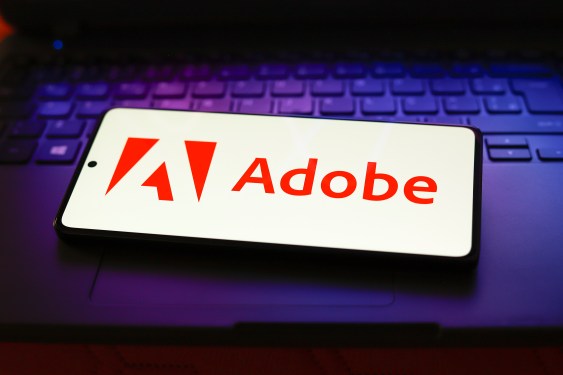Adobe Unveils Next-Gen AI Models with Enhanced Firefly Suite

Adobe has just announced its latest advancements in generative AI with the introduction of new Firefly image generation models. These models aim to revolutionize the creative process, providing users with sophisticated tools to produce unique artwork, and notable enhancements are notably effective in producing vectors. The redesigned Firefly web app, which centralizes Adobe’s AI offerings alongside select models from leading tech companies, further exemplifies this development.
At the forefront is Firefly Image Model 4, claiming significant improvements over its predecessors in quality, speed, and control over the output. Offering flexibility in structuring and styling images, including adjustments in camera angles and zoom, this model supports image generation at resolutions up to an impressive 2K. A variant known as Image Model 4 Ultra takes this a step further, designed to handle intricate details in complex scenes with a flair for fine structures.
“Our latest models are built upon enhanced computational power, allowing for more intricate details and better text incorporation within images,” said Alexandru Costin, VP of Generative AI at Adobe. This focus on detail ensures users can input existing images to inspire new creations in a specific artistic style, elevating the personalization of outputs.
In a significant move, Adobe is also making its Firefly video model accessible to all users. This video generation tool allows content creators to transform text prompts or images into dynamic video clips. Users can specify camera angles, control shot segments by setting start and end frames, and add atmospheric elements to enrich their creations. It’s noteworthy that this tool can generate video content at resolutions up to 1080p, further bridging the gap between static and dynamic media creation.
The newly introduced Firefly Vector Model is particularly beneficial for businesses and designers, enabling the creation of editable vector artwork. This model fosters iteration and variation generation, making it an ideal solution for tasks involving logos, product packaging, and patterns.
Moreover, Adobe’s Firefly web app integrates a variety of generative models from OpenAI and Google, alongside its own offerings. This allows users to seamlessly switch between models, with the added benefit of content credentials attached to outputs to ensure authenticity and transparency in creators’ works. Future enhancements may see the addition of further AI capabilities into the app as they’re developed.
Currently, Adobe is testing an exciting feature known as Firefly Boards. This canvas is intended for collaborative ideation and moodboarding, enabling users to generate, remix, and share images with peers efficiently, akin to other ideaboard applications found in the market. The Firefly Boards feature will also be integrated into the web app, promoting enhanced creativity.
In tandem with these developments, Adobe has launched Text-to-Image and Avatar APIs, now generally available for integration into various applications. Additionally, the Text-to-Video API is in beta, targeting innovative uses in marketing and dynamic media production.
Notably, Adobe is also experimenting with a new platform, the Adobe Content Authenticity tool, aimed at enabling creators to attach ownership credentials to their outputs via metadata—the initiative seeks to tackle copyright issues in the digital age and enhance trust between AI and its users.
As performances ramp up, Adobe hints at integrating its AI models into its broader product portfolio soon, although exact timelines have yet to be disclosed. With these strides, Adobe stands at the forefront of the generative AI landscape, further ensuring it remains an essential partner for content creators in a rapidly evolving digital world.
